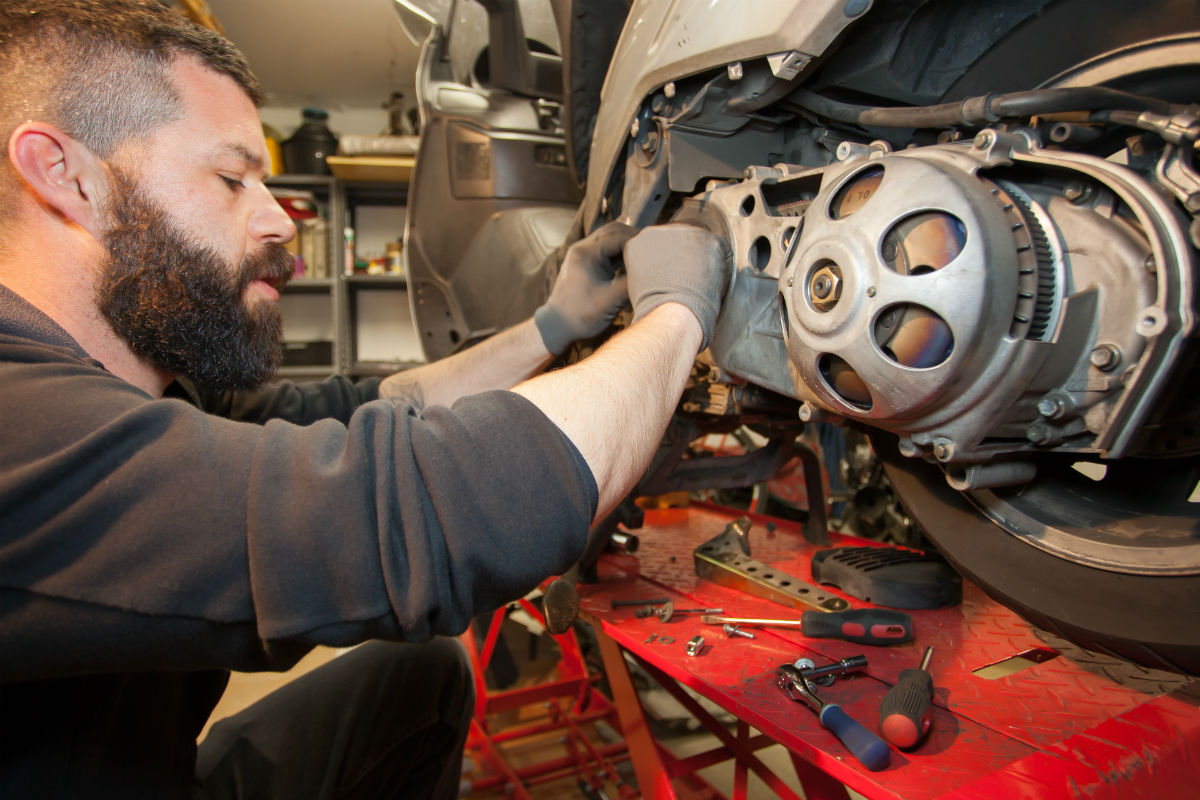
If you are doing home repairs or trying to build your next dirt bike or motorcycle, chances are you will need a little guidance. Luckily there are tons of great resources online to help you build your dream bike. Here are a few of our favorite YouTube channels to help you with your home repairs.
Mr. Max Storey
This channel has tons of great tutorials and how to’s for all things motorcycle. Not only can you learn how to clean your carbs and diagnose mechanical problems, you can also learn how to haggle for a used bike or understand how various components of your bike works. These videos are not necessarily clean and polished, but they cover a wide variety of content in extreme depth and will help you with all sorts of repairs.
Small Engine Shop
Small Engine Shop is another great resource when you are trying to build or upgrade your motorcycle or dirt bike. They cover all sorts of small engine repairs, so you are sure to find the help that you need. Another benefit of this channel is that it is run by a team of pros – not from someone’s home garage – so you know that you can trust the information that they provide.
Ichiban Moto
Ichiban Moto is a great channel because they have really in-depth repair tutorials. You can learn how to rebuild a turbocharger, replace your fork seals, or clean and polish your engine so that it is immaculate. The videos are short and easy to follow, and they simplify repairs that can seem overwhelming.
The best way to build your dream bike is by customizing it yourself. You don’t have to be a professional to make upgrades or rebuild your engine as long as you have strong directions. By using step-by-step videos from these channels, you can build the bike of your dreams without hefty mechanic bills.
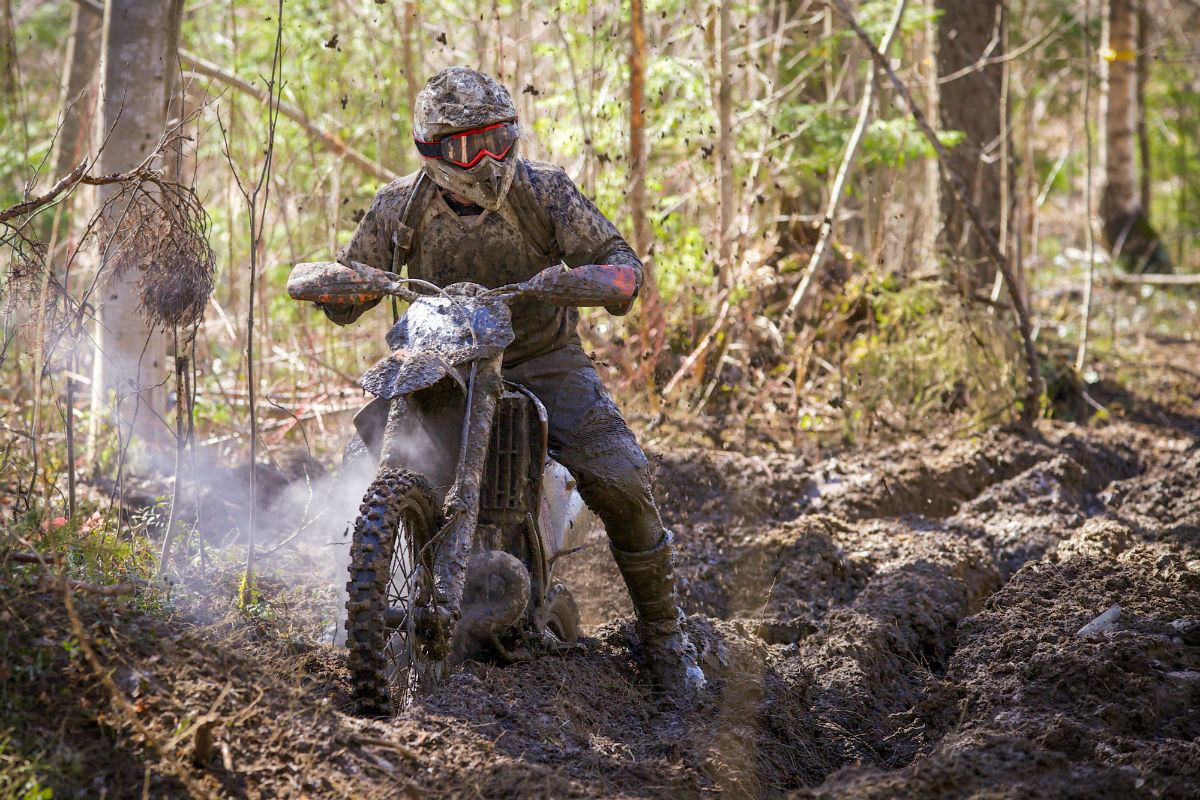
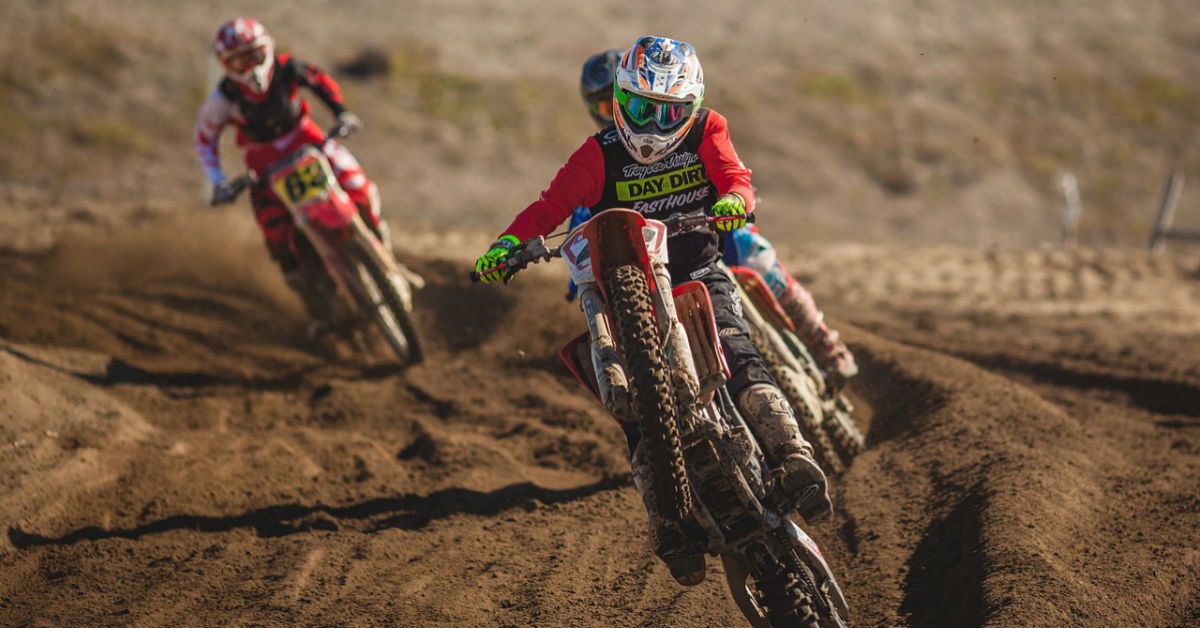 The fall can bring great muddy slopes that are fun and challenging to tackle, but when the ground and air start freezing, it’s time to put the dirt bike away for the winter. If you don’t have alternative cold-weather sports that you do the winter may seem like a giant drag, but in reality it’s a great time to get your bike in immaculate shape.
The fall can bring great muddy slopes that are fun and challenging to tackle, but when the ground and air start freezing, it’s time to put the dirt bike away for the winter. If you don’t have alternative cold-weather sports that you do the winter may seem like a giant drag, but in reality it’s a great time to get your bike in immaculate shape.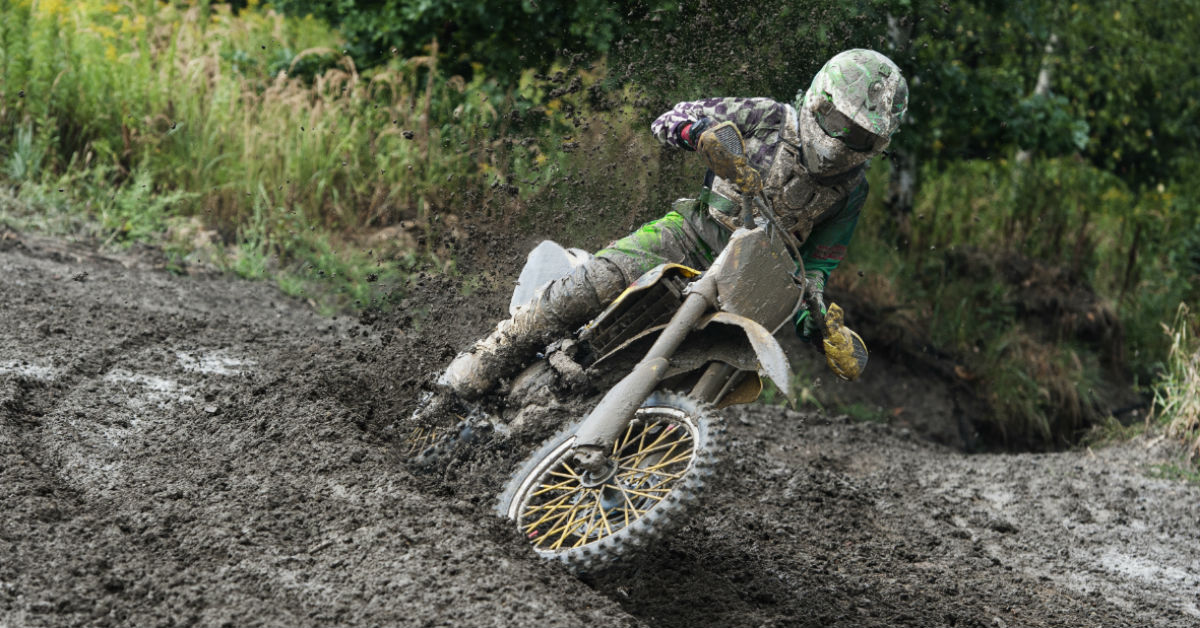 You’ll need a reputable seller to find quality
You’ll need a reputable seller to find quality 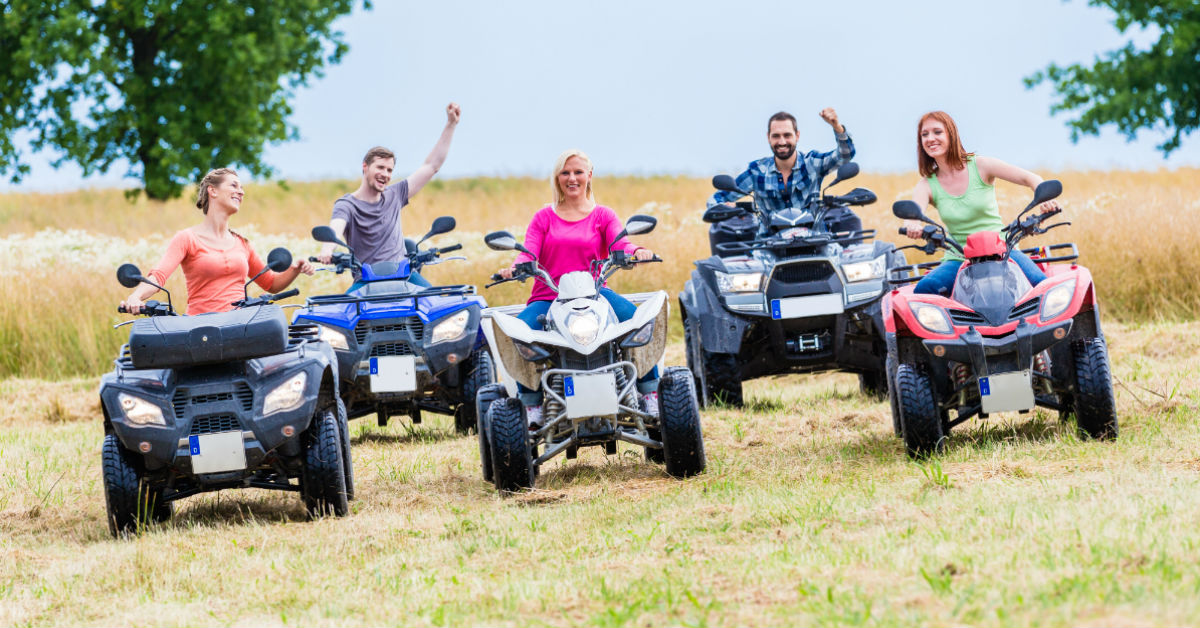 Everyone knows that buying used ATV parts online is an excellent way to reduce the cost of repairs, but there is a right way and a wrong way to ensure that you aren’t getting ripped off when working with online vendors. Unfortunately, a few bad vendors give the
Everyone knows that buying used ATV parts online is an excellent way to reduce the cost of repairs, but there is a right way and a wrong way to ensure that you aren’t getting ripped off when working with online vendors. Unfortunately, a few bad vendors give the